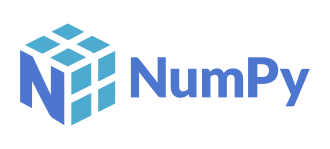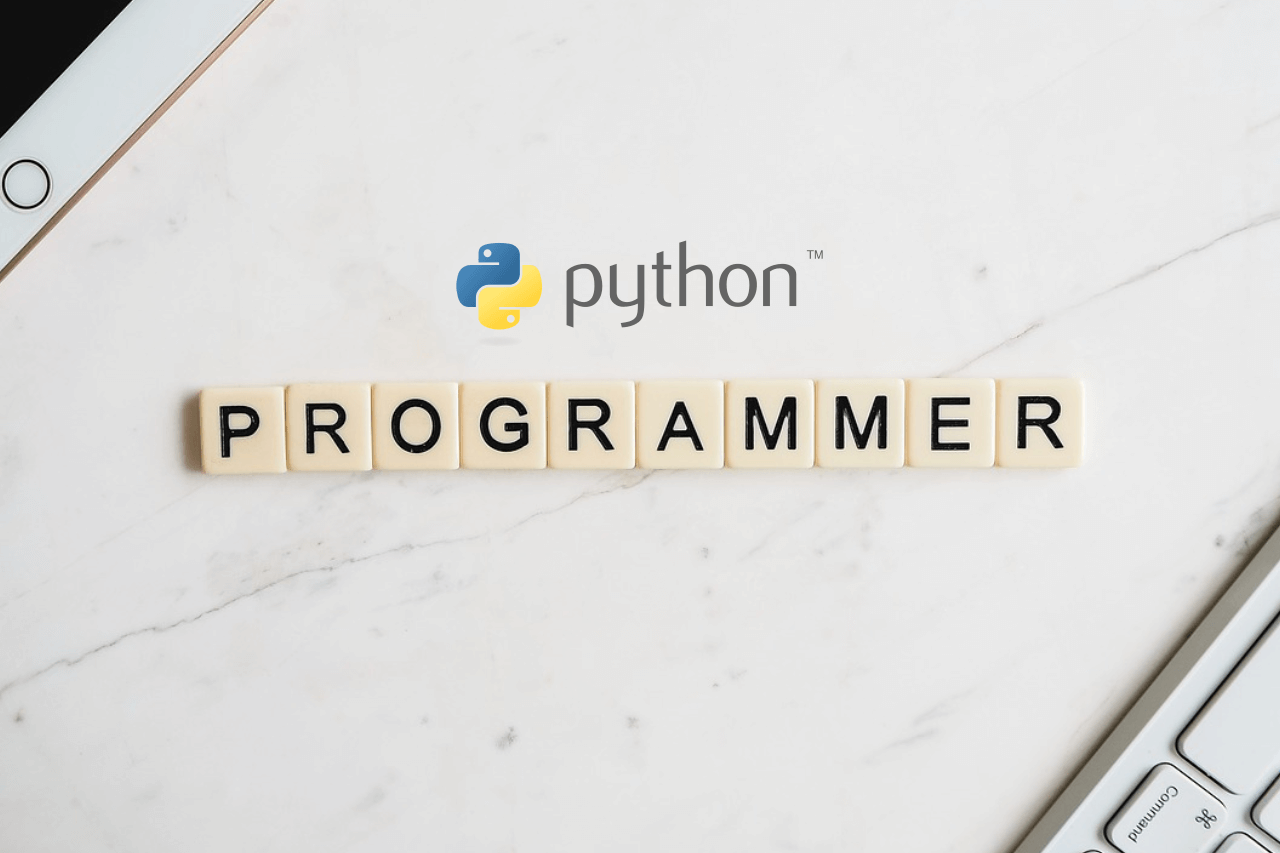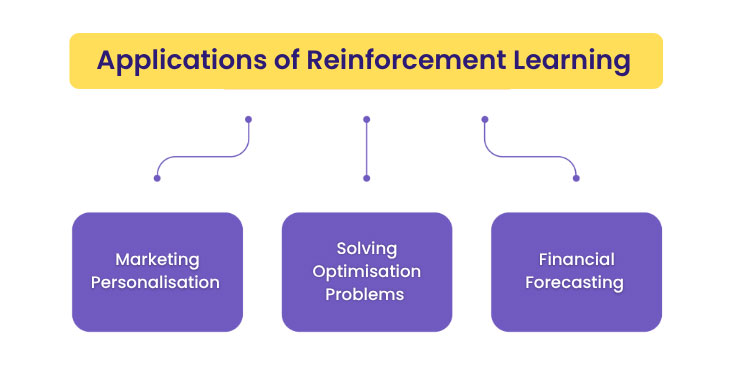Data Analytics & Data Science are the most trending keywords of the IT industry on Google trends in recent time. With the rise of unprecedented data in the past few years, the need for skilled manpower who can handle various Python tools has increased incredibly.
Python has become the most popular programming language in the history of computer programming. Its been there for many years, but the rise of the data science field has increased the importance of Python language & Python tools like never before.
When you learn Python language, it is always needed that you must have proper knowledge of certain Python tools as well as libraries, that work as an addon while you start working on the BigData. Python tools & libraries play a significant role in developing machine learning algorithms, data science models, data visualization dashboards, image and data manipulation applications, and more.
In this article, we’re going to discuss 5 most useful Python tools & libraries that you can’t live without:
- Python
- NumPy
- Pandas
- Matplotlib
- Seaborn
5 Must Learn Python Tools & Libraries
1. Python: Python is an interpreted high-level general-purpose programming language. Its design philosophy emphasizes code readability with its use of significant indentation. Its language constructs as well as its object-oriented approach aim to help programmers write clear, logical code for small and large-scale projects.
Python is dynamically-typed and garbage-collected. It supports multiple programming paradigms, including structured (particularly, procedural), object-oriented and functional programming. It is often described as a “batteries included” language due to its comprehensive standard library.
Python consistently ranks as one of the most popular programming languages.

- Platform: Microsoft Windows
- Official website: python.org
- Developer: Python Software Foundation
- Operating systems: Windows, Linux/UNIX, macOS and more
2. NumPy: NumPy offers comprehensive mathematical functions, random number generators, linear algebra routines, Fourier transforms, and more. NumPy supports a wide range of hardware and computing platforms and plays well with distributed, GPU, and sparse array libraries. The core of NumPy is well-optimized C code.
Nearly every scientist working in Python draws on the power of NumPy.
NumPy brings the computational power of languages like C and Fortran to Python, a language much easier to learn and use. With this power comes simplicity: a solution in NumPy is often clear and elegant.

- Repository:github.com/numpy/numpy
3. Pandas: Pandas is a fast, powerful, flexible, and easy-to-use open-source data analysis and manipulation tool, built on top of the Python programming language.
In particular, it offers data structures and operations for manipulating numerical tables and time series. It is free software released under the three-clause BSD license.
The name is derived from the term “panel data”, an econometrics term for data sets that include observations over multiple time periods for the same individuals. Its name is a play on the phrase “Python data analysis” itself.

- Installation Guide: Official Site
4. Matplotlib: Matplotlib is a comprehensive library for creating static, animated, and interactive visualizations in Python. Matplotlib makes easy things easy and hard things possible.
It provides an object-oriented API for embedding plots into applications using general-purpose GUI toolkits like Tkinter, wxPython, Qt, or GTK. There is also a procedural “pylab” interface based on a state machine (like OpenGL), designed to closely resemble that of MATLAB, though its use is discouraged. SciPy makes use of Matplotlib.
Content Reference: Matplotlib, Wikipedia

- Learn More: Official Site
5. Seaborn: Seaborn is a Python data visualization library based on matplotlib. It provides a high-level interface for drawing attractive and informative statistical graphics.
Seaborn helps you explore and understand your data. Its plotting functions operate on data frames and arrays containing whole datasets and internally perform the necessary semantic mapping and statistical aggregation to produce informative plots. Its dataset-oriented, declarative API lets you focus on what the different elements of your plots mean, rather than on the details of how to draw them.
Content Reference: Matplotlib, Wikipedia

- Learn More: Official Site
If you’re interested in pursuing your career as a Data Science professional and want to learn all these tools, you can opt for certification programs from Console Flare, which will help you in getting a deep understanding of all these Python tools & libraries, as well as help you in getting a well-paying job as a data science professional.
Visit our website www.consolelfare.com






One thought on “5 Must Learn Python Tools & Libraries For Data Science”